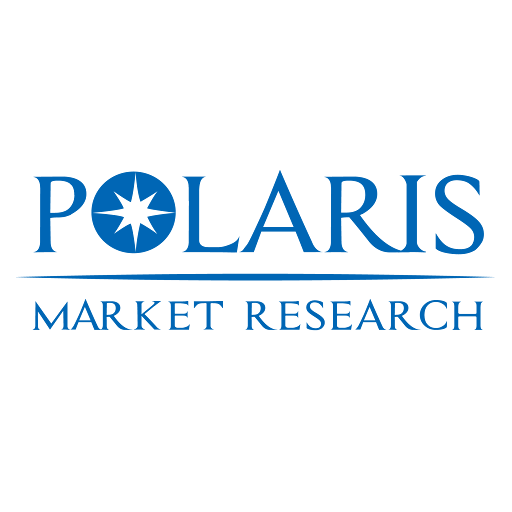Comprehensive Assessment of the German Ophthalmic Equipment and Prescription Lens Sector

The Germany ophthalmic spectacle lenses and equipment market, valued at USD 4.39 billion in 2024 and expected to grow at a CAGR of 6.0% through 2034, is undergoing a structural transformation driven by segment-specific innovation and shifting consumer preferences. Growth is no longer uniform across product categories but is increasingly concentrated in high-value segments such as progressive addition lenses (PALs), photochromic lenses, and anti-fatigue designs tailored to digital device users. These segments are benefiting from rising myopia rates—particularly among children and young adults—and increased awareness of blue light exposure, with studies from the Robert Koch Institute indicating that over 50% of Germans aged 18–35 report symptoms of digital eye strain. As a result, application-specific growth is reshaping product portfolios, with manufacturers prioritizing lenses that integrate optical performance with lifestyle functionality.
Product differentiation has become a cornerstone of competitive strategy, as companies move beyond basic vision correction to offer multifunctional solutions. For instance, PALs now incorporate AI-driven design algorithms that optimize near, intermediate, and far vision zones based on real-world gaze patterns, improving wearer adaptation and comfort. Similarly, photochromic lenses that transition seamlessly between indoor and outdoor lighting conditions are seeing strong uptake, particularly in northern regions with variable daylight. Segment-wise performance analysis reveals that premium lenses command margins exceeding 40%, significantly outperforming standard single-vision products, which face pricing pressure due to commoditization and e-commerce competition.
Value chain optimization is another critical factor, with German manufacturers investing in automated surfacing and polishing equipment to reduce production lead times and enhance consistency. Companies like Satisloh and Optotech are supplying advanced lens processing machinery to both domestic and international labs, enabling faster customization and just-in-time manufacturing. This shift supports a growing trend toward decentralized production, where local optical labs use digital prescriptions and CNC machines to deliver personalized lenses within 24–48 hours, reducing reliance on centralized factories and improving service responsiveness.
End-user dynamics are also evolving, with hospitals and specialized eye clinics adopting integrated diagnostic platforms that combine autorefractors, keratometers, and fundus cameras into single workflows. These systems enhance diagnostic accuracy and streamline patient management, particularly for chronic conditions like glaucoma and diabetic retinopathy. The commercial optometry sector, dominated by retail chains and independent practitioners, is increasingly adopting cloud-based practice management software that integrates with lens ordering systems, further optimizing operational efficiency.
Despite these advances, restraints include the high cost of R&D for next-generation materials and the regulatory burden associated with medical device classification under the EU MDR. Additionally, the proliferation of low-cost online lens retailers, often based in Asia, threatens segment-wise profitability by undercutting prices on basic prescriptions. However, opportunities remain in emerging applications such as sports vision lenses, occupational safety eyewear, and adaptive optics for low-vision patients. The integration of AR/VR simulation in lens design and patient education is also gaining traction, offering new avenues for application-specific growth.
Competitive Landscape:
- Carl Zeiss Vision
- Rodenstock GmbH
- EssilorLuxottica
- Hoya Corporation
- Nikon-Essilor
- Satisloh Group
- Optotech GmbH
- Schneider GmbH & Co. KG
More Trending Latest Reports By Polaris Market Research:
Net-Zero Energy Buildings Market
Managed Detection and Response Market
- AI
- Vitamins
- Health
- Admin/office jobs
- News
- Art
- Causes
- Crafts
- Dance
- Drinks
- Film
- Fitness
- Food
- Games
- Gardening
- Health
- Home
- Literature
- Music
- Networking
- Other
- Party
- Religion
- Shopping
- Sports
- Theater
- Wellness


